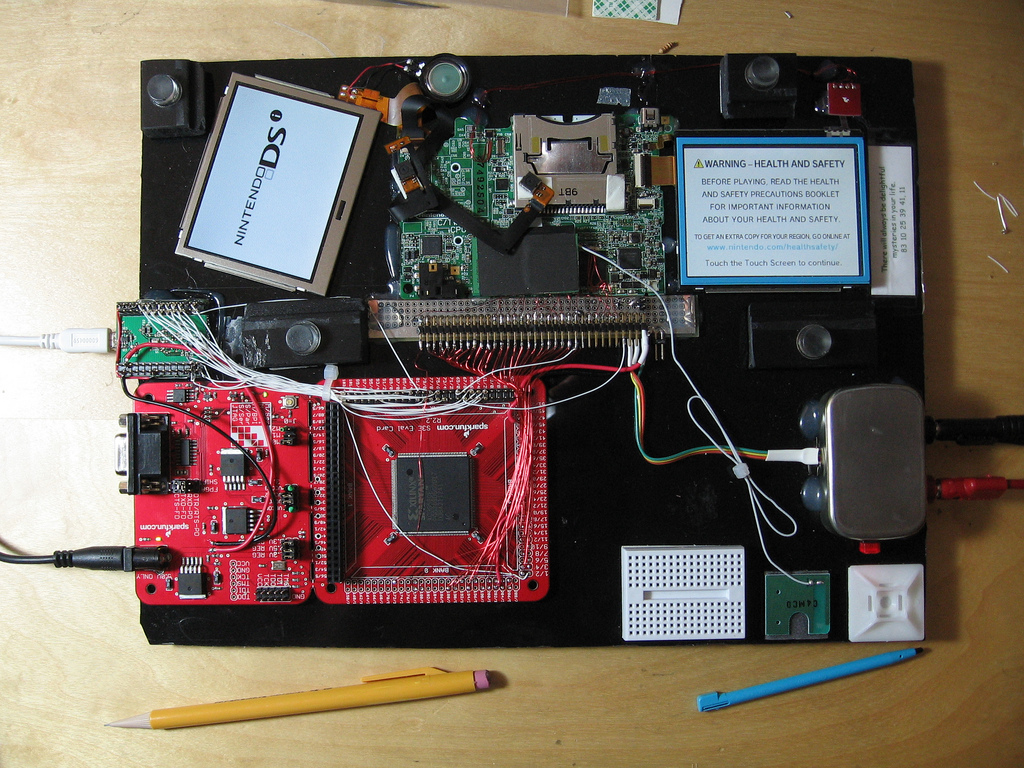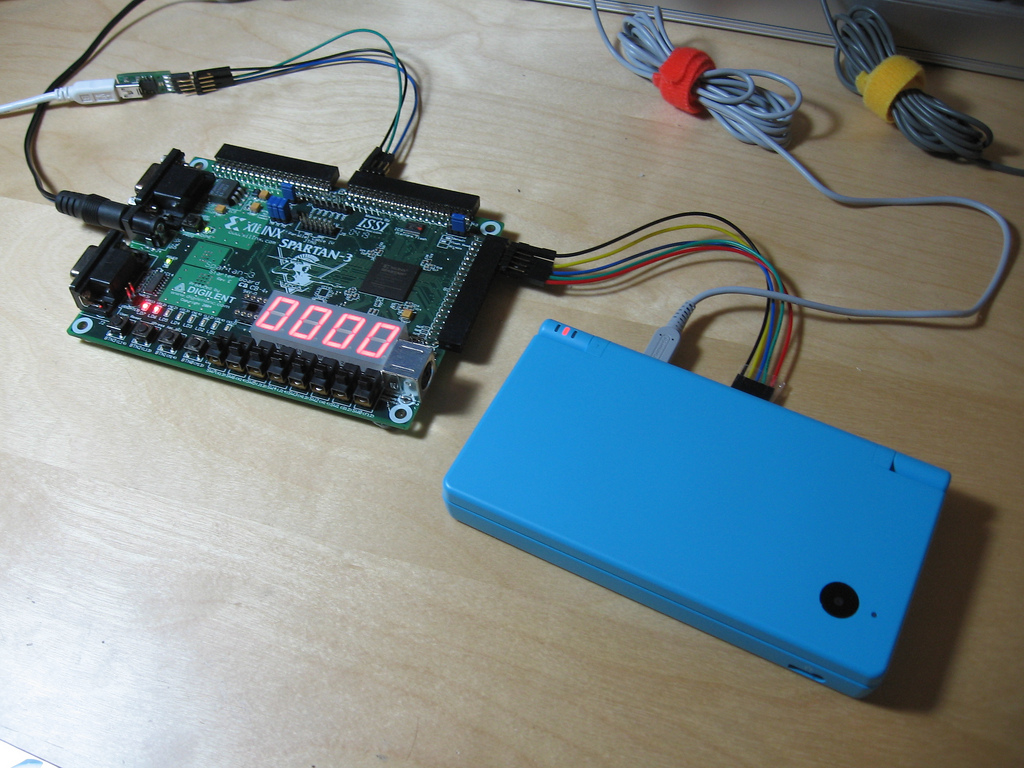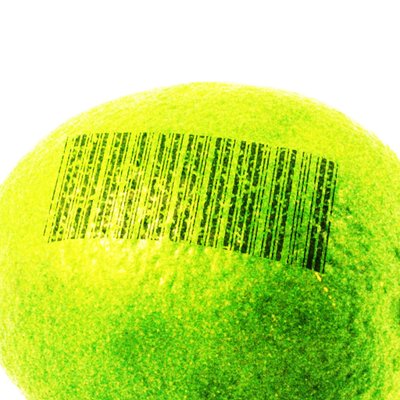Tag: fpga
-
scanlime049 – iCEBreaker FPGA Quick Look
Today’s video is about a package sent in by 1BitSquared with a prototype FPGA board. These boards are part of a new generation of open hardware which builds on a foundation of open source FPGA tools. At the time we streamed this live, the crowdfunding campaign was about to launch. It’s been successfully funded, and…
-
scanlime048 – Icestudio LED Matrix Driver Part 4
In the fourth and final part of our HUB75-style display driver series, we make a cool demo in gateware using the modular driver! In this segment we’ll add a frame buffer and implement a video feedback plus munching squares effect in Verilog and Icestudio. scanlime048 – Icestudio LED Matrix Driver Part 4 The Icestudio editor…
-
scanlime047 – Icestudio LED Matrix Driver Part 3
In the third part of our HUB75-style display driver in Verilog and Icestudio, we start looking at demoscene-style effects to implement next, and implement a gamma correction and dithering module to improve color quality. scanlime047 – Icestudio LED Matrix Driver Part 3 The Icestudio editor and the entire build toolchain are free and open source…
-
scanlime046 – Icestudio LED Matrix Driver Part 2
In this second part of the HUB75-style display driver in Verilog and Icestudio, we’ll debug and reorganize the existing gateware into something modular that we can build upon, with nice and stable Binary Code Modulation for brightness control. scanlime046 – Icestudio LED Matrix Driver Part 2 The Icestudio editor and the entire build toolchain are…
-
scanlime045 – Icestudio LED Matrix Driver Part 1
In this project we’ll be programming up some FPGA “gateware” using the visual Icestudio environment and the industry standard Verilog language, in order to display full color images on an inexpensive HUB75E-style LED video wall panel. This first video focuses on project bringup and just getting *something* on the screen, even if it’s a bit…
-
scanlime044 – FPGA Quick Answer
We’re doing some projects now with FPGAs, but first what even is that? This is a quick answer, compiled from the unscripted explanations I would give live. scanlime044 – FPGA Quick Answer Thank you so much for watching, subscribing, and sharing my videos. And a special thanks to my supporters on Patreon, where recurring donations…
-

DSi RAM tracing
It seems like a lot of people have been seeing my Flickr photostream and wondering what I must be up to- especially after my photos got linked on hackaday and reddit. Well, I’ve been meaning to write a detailed blog post explaining it all- but I keep running out of time. So I guess a…
-

Fun with FPGAs: SPI EEPROM emulator
I found a fun excuse to practice my digital logic design over the past few days: This is an FPGA emulating the SPI EEPROM (save game memory) in a modified Nintendo DS game cartridge. The emulated EEPROM is backed by 1 MB of SRAM, and there is a USB interface that you can use to…
